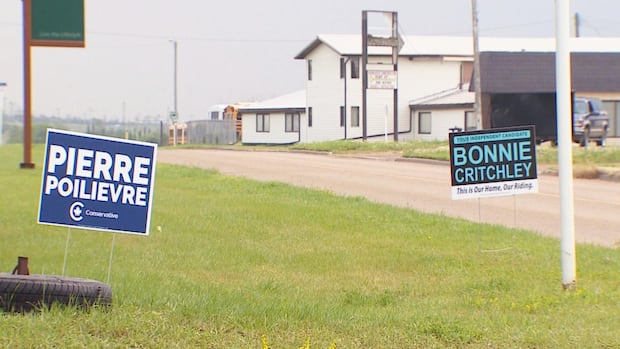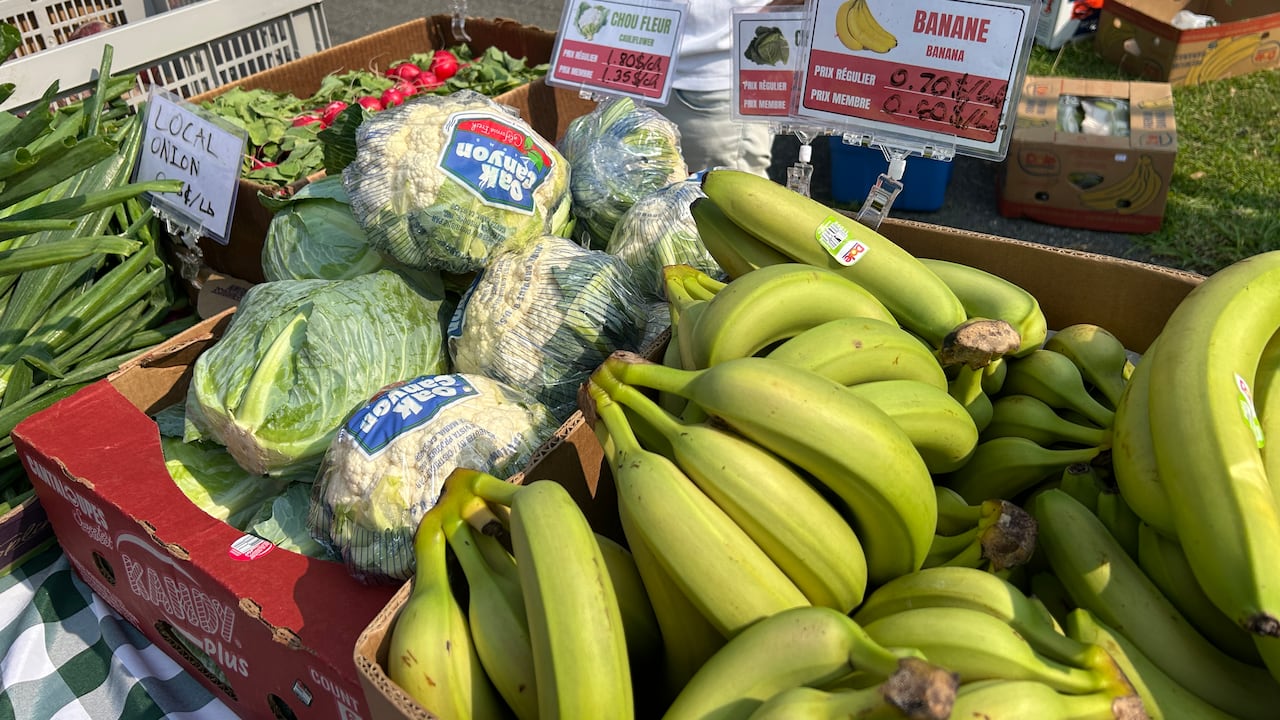It’s been 25 years since the Walkerton, Ont., tainted water tragedy nearly killed her daughter, and Trudy Fraser still does not feel comfortable drinking tap water.
“You lose that trust when you see people you know who got sick and passed away,” she said. “That’s why I still drink bottled water. It’s stayed with us.”
Many in this town of 5,000 roughly 150 kilometres north of London, Ont., vividly recall the effects of the Victoria Day weekend in 2000, when a massive rainstorm washed water contaminated with deadly E. coli bacteria from a nearby farm field into one of the wells that fed Walkerton’s water supply.
Seven people died, 2,300 people got sick, and an inquiry followed, exposing how funding cuts had gutted provincial oversight of drinking water.
The people who managed the town’s water system hadn’t been properly trained, but the problem went beyond simple incompetence. Two water utility employees, Stan and Frank Koebel, were convicted on criminal charges after the inquiry found they regularly falsified tests for chlorine levels. Also, Stan Koebel, the water system’s manager, lied during the height of the crisis, telling public health officials the water was safe to drink, even though testing clearly showed presence of the deadly bacteria.
Fraser’s daughter Allyssa Schnurr was 17 when she got sick in early June 2000. She became lethargic and was taken to hospital in Hanover, just outside of Walkerton, where her family doctor worked.
Soon after, she was rushed by ambulance to London, where she ended up staying in intensive care for four weeks.
“It was terrifying,” Fraser told CBC News, reliving the harrowing days spent at her daughter’s bedside as the teen underwent life-saving surgeries, dialysis and multiple blood transfusions.
“The doctors told me the day after she got there that she probably wasn’t going to live,” Fraser said. “And all I could think was, ‘What am I going to say to her when I get back into her room?’ Because I knew she was going to ask me what the doctors said.”
Years later, health complications linger
Doctors were able to save Schnurr, who is now 42 and works as an accountant near Kitchener, Ont.
By the time she became sick, the Walkerton deaths had made international news — and she knew the infection could kill her.
“I remember being on my way to London thinking, ‘Only the really sick people go to London, so it must be really bad,” she said.

Although she survived, complications of her illness linger.
Because an E. coli infection can lead to a condition that damages a person’s kidneys, Schnurr’s renal function is at two-thirds its normal capacity. She takes medication to control her blood pressure and has to watch her sodium intake. After a difficult pregnancy 13 years ago, she and her husband decided it would be too risky to have a second child.
The scars and bad memories also continue for Bruce Richardson. He remembers his son, who was nine at the time of the E. coli contamination, asking about his best friend after seeing the little boy taken to hospital by air ambulance. His son had been playing with the boy the previous day.

“My son asked me if his friend was going to die, and I didn’t have an answer for him,” Richardson said. “There wasn’t a person in town who wasn’t affected.”
‘We took water completely for granted’
In the weeks after the tragedy, Richardson helped form the group Concerned Walkerton Citizens, whose members pushed for a judicial inquiry into what happened. At the time, Ontario’s Mike Harris Conservative government was under fire for cutting back on water testing and wanted to hold a legislative inquiry instead, which would have meant the people involved in allowing water testing to become so lax would also be the ones investigating what happened, Richardson said.
Following his advocacy, the government relented and called the higher-level inquiry.
“We took water completely for granted,” he said of the government’s failures to ensure drinking water was safe. “We didn’t take the basic steps of source protection to make sure this well was properly monitored.”

What’s changed
Water monitoring has improved across much of the province, in part due to the recommendations stemming from the judicial inquiry led by Justice Dennis O’Connor. New legislation includes more stringent rules for testing drinking water and how to protect wells from groundwater infiltration.
And the training for people who work on water systems is also now improved, owing in part to the creation of the Walkerton Clean Water Centre — one of the recommendations that came out of the inquiry. The state-of-the-art facility conducts research into water testing and trains people from across Canada who work on drinking water systems.
“We have treatment, we have distribution, we have lab facilities,” said the centre’s CEO Brian Bates. “Everything an operator would touch, we’re able to train them on.”
However drinking water safety in Ontario continues to be a source of concern. In March, the province’s auditor general warned that water systems not managed by municipalities, such as those in rural areas and on private property, still don’t get tested regularly enough.

Meanwhile Walkerton residents continue to face stigma.
Many of those most affected politely refused to speak with CBC News for this story, with some saying they preferred to leave what happened 25 years ago in the past. Fraser remembers how her son was taunted about Walkerton being dirty while playing hockey against teams from neighbouring towns.
But Chris Peabody, the mayor of Brockton, the municipality that includes Walkerton, said the town has gone through a period of renewal.
Peabody said in the years immediately following the tainted water scandal, the town’s growth levelled off. But when Walkerton needed a hotel to spur growth and access to financing was difficult, some community members pooled their money to get it built, Peabody said. That Best Western has since been sold to another operator and expanded in size because it’s so busy.
“What people should know about Walkerton is that it’s a story of resilience,” Peabody said. “The town was pushed down to the lowest level possible … and the people didn’t turn on each other. They worked together and we rebuilt the town.”

This week Brockton council was split on how to mark the 25th anniversary of the E. coli contamination in Walkerton and the ripple effect it had on the town. Some felt there should be a gathering to mark what happened, while others argued adamantly against that.
“Many were traumatized by this and do not want to relive it, and it does trigger very bad memories,” said Peabody. “The divisions on Walkerton council reflect the divisions in the town.”
In the end, the town opted for a low-key approach. The Walkerton Clean Water Centre will host tours. A memorial garden built shortly after the tragedy to honour its victims will get some upgrades.
Fraser, who came so close to losing her daughter during that dark spring, regularly volunteers by tending to the memorial garden. During a Mother’s Day gathering with family last weekend, she shared videos and newspaper clippings of what happened with a curious granddaughter Fraser wouldn’t have if Schnurr had not been saved.
“You don’t forget it,” Fraser said. “You just learn to live with it and move on. You don’t dwell on it. But it’s always there.”






